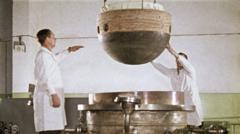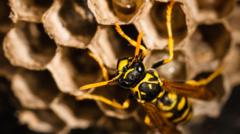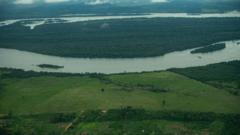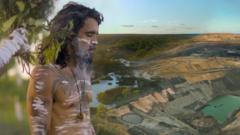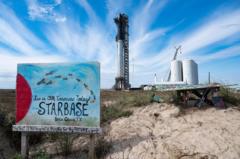A fragment of the Soviet spacecraft Kosmos 482, which spent over five decades in orbit, has likely re-entered Earth's atmosphere, according to the European Space Agency (ESA). Launched in 1972, the case was part of a mission aimed at exploring Venus but ended up remaining in Earth's orbit. The EU’s Space Surveillance and Tracking centre reported that one piece, presumed to be the lander, most likely re-entered at around 06:16 GMT on Saturday. It remains uncertain whether it landed on Earth or disintegrated upon re-entry.
Given that 70% of our planet is ocean, the probability of significant damage from this event is low. Stijn Lemmens, a senior analyst at ESA, noted that the chances of being hit by such space debris are extremely rare, likening it to winning the lottery. The capsule was designed to withstand the harsh conditions of Venus, boasting a heat shield and durable structure, which raises questions about its fate during an uncontrolled descent through Earth’s atmosphere.
However, given the passage of over half a century, the lander’s parachute system is likely no longer operational. Lemmens also indicated that re-entries of man-made objects occur frequently, with larger spacecraft re-entering weekly, and smaller ones daily. Past incidents include China's Long March 5B booster and Tiangong-1 space station's re-entries, which were mostly harmless.
In light of these developments, international space agencies are closely monitoring the situation. Lemmens advocates for future spacecraft to be designed for safe, controlled re-entries, allowing more accurate predictions about landing zones and mitigative measures against debris threatening populated areas while addressing environmental concerns associated with space debris.

